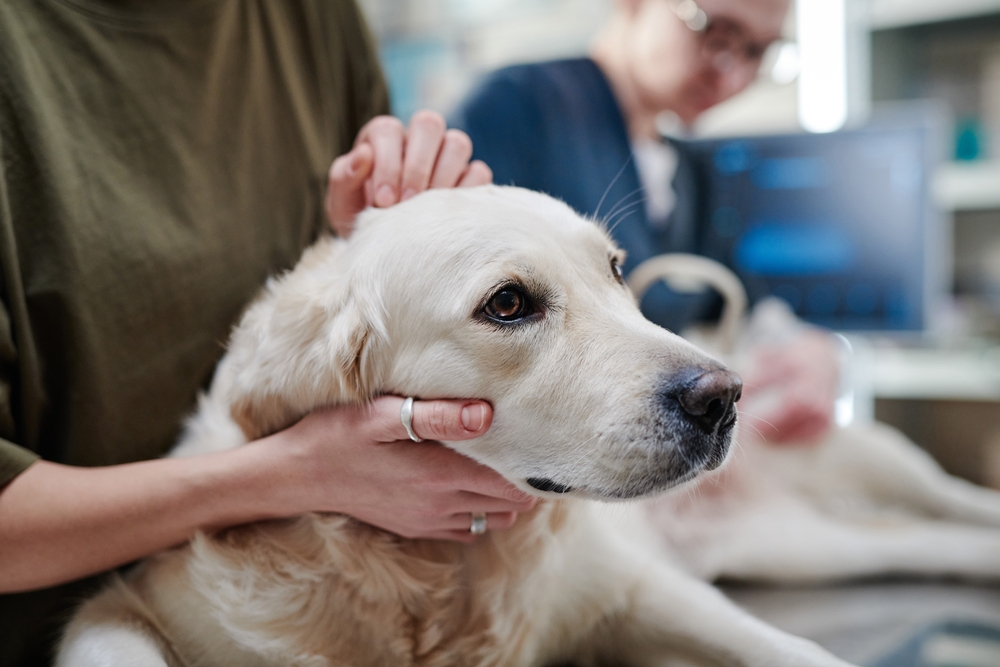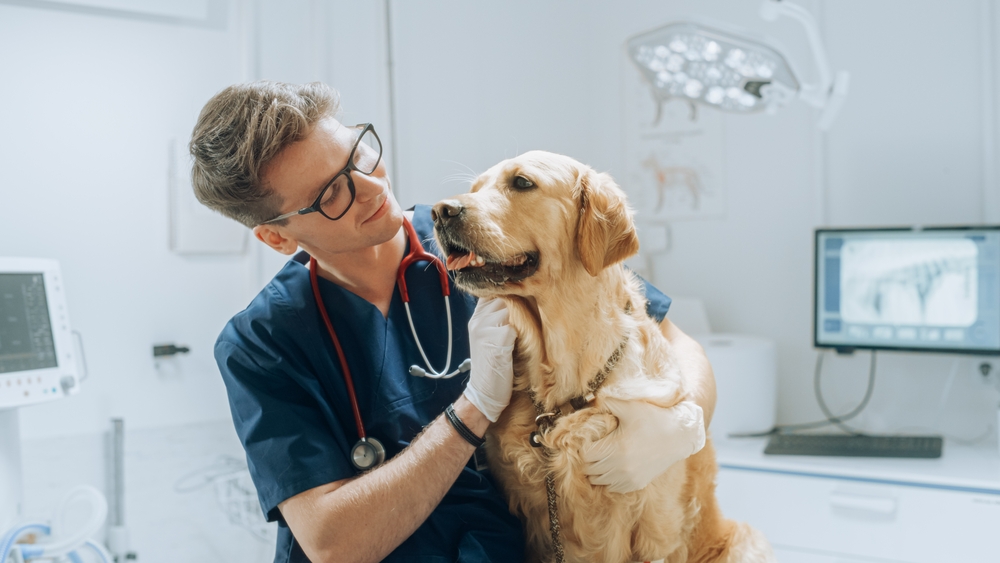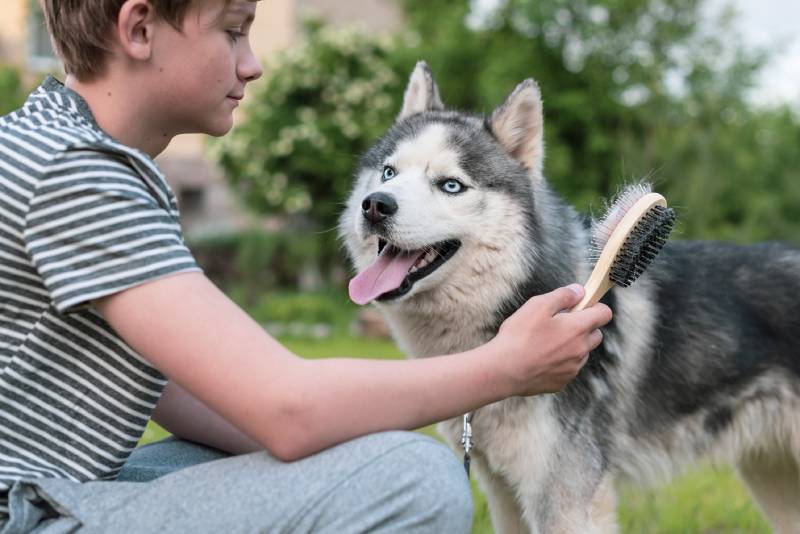Your puppy has vomiting and diarrhea, so you schedule a visit to the veterinarian’s office. After a physical exam, your vet recommends an intestinal parasite exam. After patiently waiting, you get the results: your puppy has coccidia. What is this intestinal parasite, and how do you eliminate it?
Answering the principal question, the typical treatment for coccidia would around 5 to 10 days.

How Long Should I Treat My Dog’s Coccidia?
The first thing to understand is that not all cases of coccidia need to be treated. Many healthy dogs and cats will clear the infection on their own over several weeks.
If your puppy has signs of a coccidial infection, like vomiting or diarrhea, your veterinarian will usually recommend treating the coccidia. Typical treatment lasts for 5 to 10 days. The vet might also suggest treating your dog if they are immunocompromised or have a heavy load of this protozoa on the fecal exam.

What Is Coccidia?
Several species of coccidia exist, and they tend to be species-specific. For example, cats can be infected with Isospora felis, while dogs could be affected by Isospora canis. Sometimes, your veterinary team will find Eimeria, but this coccidial species is not pathogenic or disease-causing in dogs and cats.
Coccidia are intestinal protozoa that affect the intestinal tract. They typically cause disease in younger, immunocompromised animals. Owners will usually see diarrhea, but they might also see vomiting, lethargy, weight loss, and dehydration.

Diagnosing Coccidia
Your veterinarian will need to perform a fecal exam to diagnose coccidia in your dog. The most common way to perform this test is fecal floatation, where a stool sample is usually centrifuged in a particular solution.
The veterinary team then allows the solution to sit, and the parasite eggs or oocysts float to the surface. A microscope slide enables the veterinarian to visualize the eggs and diagnose the presence of parasites.
When Should You Retest Your Dog for Coccidia?
To ensure your dog’s coccidial infection is cleared, your veterinarian must retest a fresh stool sample at least 1 to 2 weeks after the initial treatment. Based on these results, your dog might need a second round of treatment.


Preventing Coccidiosis in Dogs
Coccidia is mainly preventable. If you pick up your dog’s stool regularly, you’ll significantly decrease the likelihood of your pup getting reinfected with coccidia. If you bring a new pet home, ensure they have a fecal exam and veterinary visit as soon as possible.
Avoid dog parks and other high-traffic areas to reduce your dog’s exposure to intestinal parasites. If you need to board your dog, ensure the facility thoroughly disinfects between pets.
To help prevent reinfection, you’ll want to bathe your dog after the treatment to remove any oocysts on their coat, especially around their back end, tail, and paws.
Treatment Options for Coccidia
In the United States, sulfadimethoxine is the only FDA-approved medication for treating coccidial infections. This medication comes in a liquid under the brand Albon and tablets. While Albon is highly effective as a coccidiostat medication, other options, such as ponazuril, can be used off-label for coccidial infections.
Some pets with coccidia are very sick when they are diagnosed, especially if they’ve had prolonged vomiting and diarrhea. Your veterinarian might recommend supportive care, including anti-nausea medication and fluid therapy.
Side Effects of Albon When Treating Coccidia
Gastrointestinal signs are the most common side effects in dogs given Albon.
These side effects include:
- Inappetance
- Vomiting
- Diarrhea
While the medication can be given with or without food, if your dog experiences any of these GI signs on an empty stomach, consider giving the medication with a meal.
Sulfadimethoxine is a sulfa antibiotic. It can decrease your dog’s tear production and lead to dry eyes. For most dogs, the tear production will return to normal shortly after the sulfadimethoxine is discontinued, but it could be a lifelong condition.
Less common but severe potential side effects include:
- Blood cell issues leading to disproportionate numbers of red or white blood cells
- Joint inflammation
- Rashes
Some breeds seem to be more at risk for sensitivities to sulfadimethoxine.

Conclusion
If your dog has diarrhea or vomiting, your veterinarian must run a fecal parasite test. If coccidia are detected, your veterinarian will usually prescribe sulfadimethoxine or a similar medication. Typically, dogs are treated for between 5 and 10 days.
Featured Image Credit: Iryna Imago, Shutterstock



